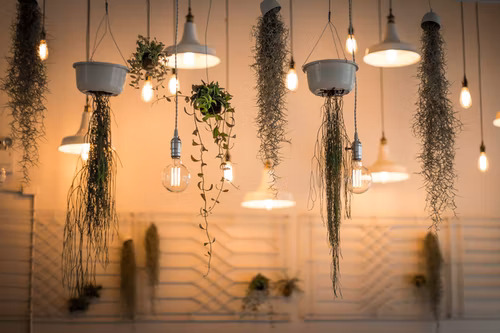Natural Light has many benefits. Exposure to sunlight is good for the human body, lowering electricity bills. However, it does have a few drawbacks. Here are some of them. Natural light is more healthy and less harmful than fluorescent bulbs. Taking steps to incorporate natural light into your home will make it safer to live in. Then again, there are some disadvantages to natural light as well.
Natural Light: One of the greatest benefits of natural lighting is that it is free and easy to access. There is no need for expensive lighting equipment – you can shoot in the sunlight, or at noon, dawn, or dusk. You can also use reflectors and diffusers to enhance the natural light. Natural lighting also tends to look better than artificial light. The intensity and brightness of sunlight are far greater than that of artificial light.
Lack of Consistency. The quality of natural light varies from place to place. It can be affected by pollution levels and the amount of clouds in the atmosphere. It can also be limited by shutter speeds and direction. But for the most part, natural light is free. This makes it the best option for photographers. So, why not use it? And what are the disadvantages of natural light?
Increased Efficiency: You can achieve better lighting efficiency by making the proper use of natural light. It can cut down your energy bills by as much as 40%. Moreover, you can control the temperature of the room through proper lighting. A great option for this is artificial intelligence and advanced sensors. Incorporating natural light into your home is a good way to improve your house’s value and functionality.
See the infographic from Global Tint UK for more info about Window Tinting Plymouth and Window Tinting Swindon.

